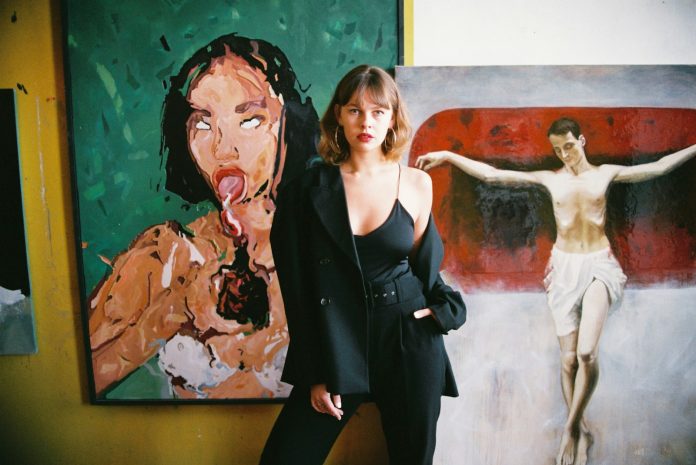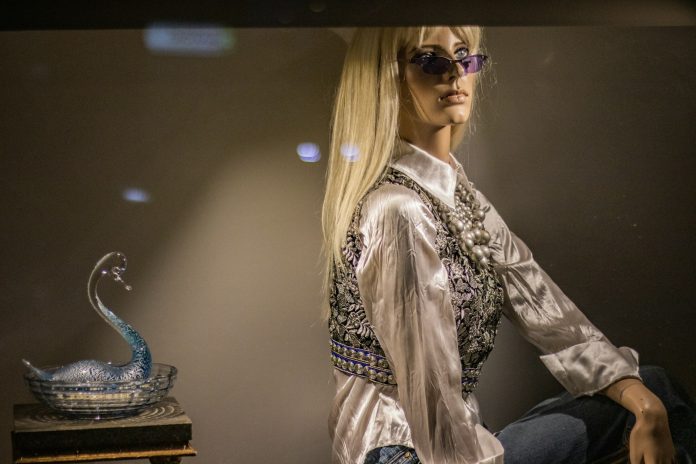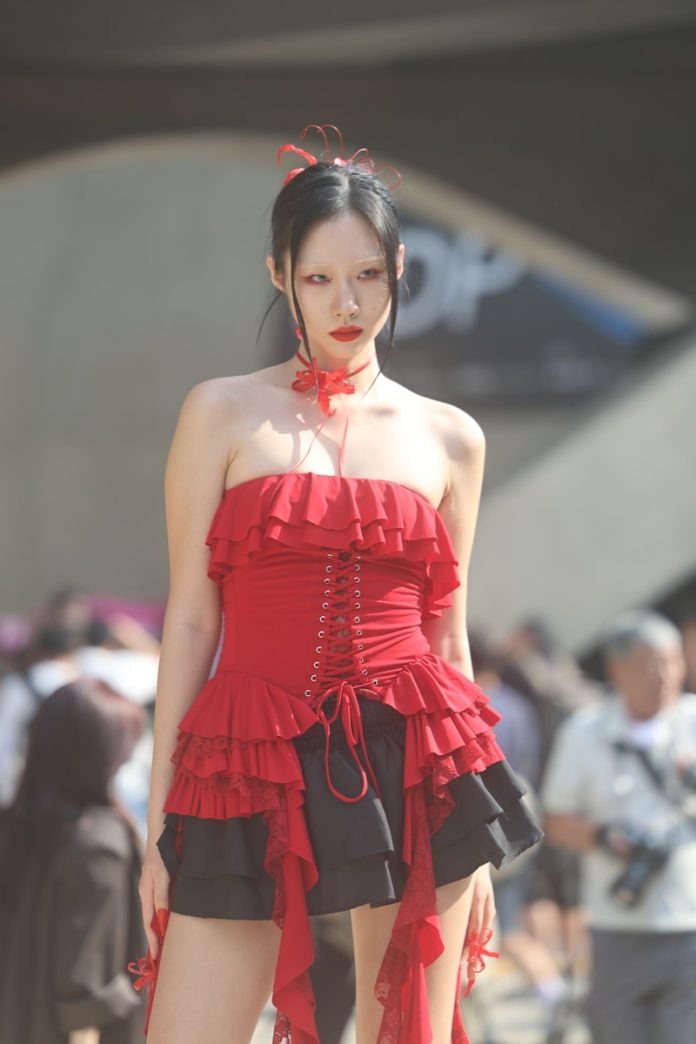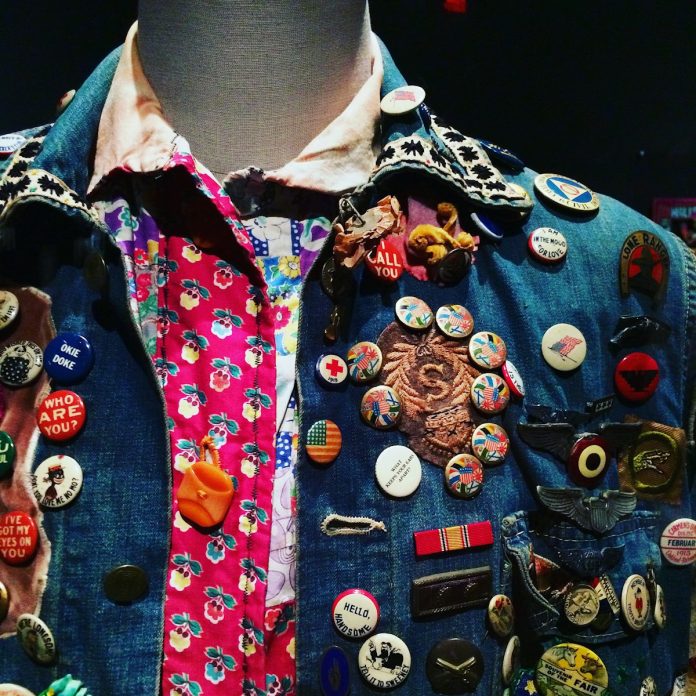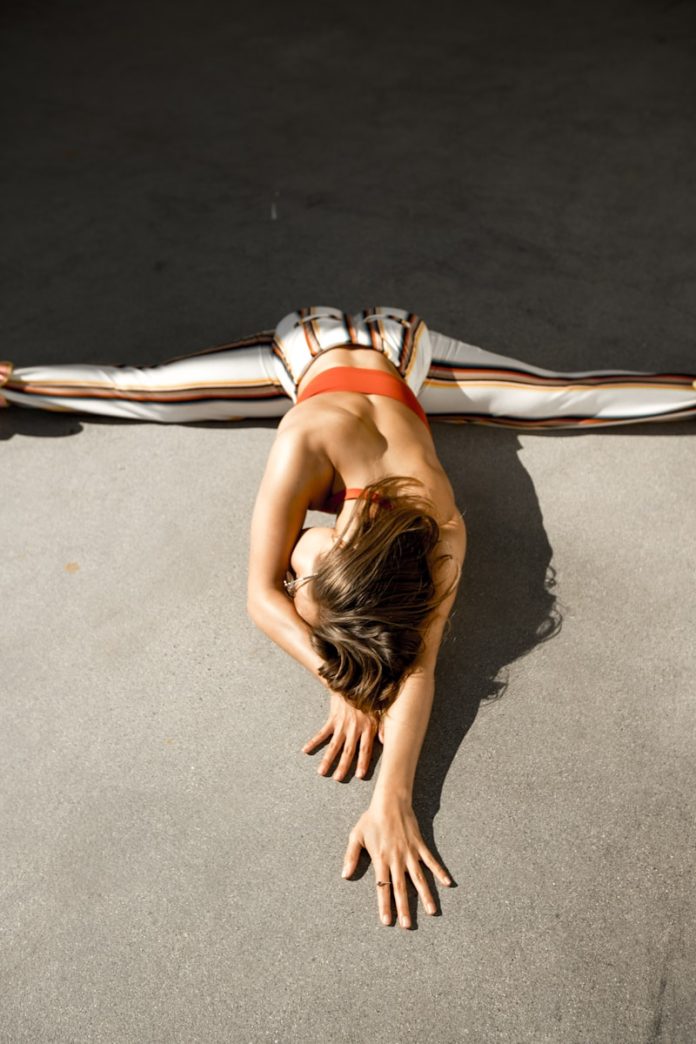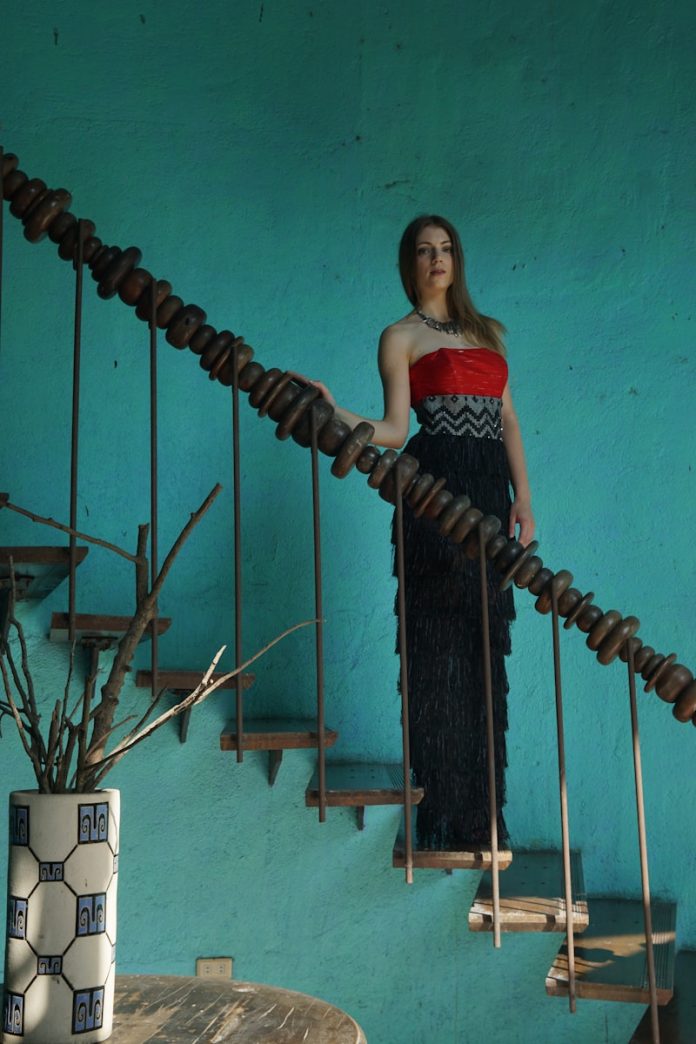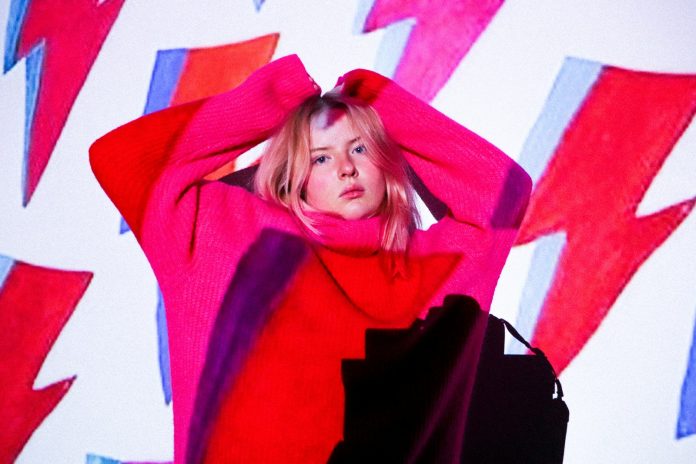In the past, graffiti was largely viewed as rebellious, disruptive, and even illegal—a symbol of anti-establishment sentiments scrawled across city walls and subway trains. Yet, over the last few decades, this raw, urban form of self-expression has not only gained recognition in the art world but has also infiltrated an unexpected domain: fashion. The once-underground movement of street art has become a thriving aesthetic influence that bridges culture, politics, identity, and style. The result? A genre we might call “Graffiti Glam”—a fusion where art meets fashion in bold, disruptive, and visually striking ways.
Graffiti-inspired fashion has evolved from niche subcultures to mainstream runways, making statements that go beyond just color and design. It speaks to the wearer’s identity, creativity, and connection to urban life. This essay explores how graffiti has transformed into a compelling fashion language, and why this electrifying synergy continues to captivate designers, artists, and consumers alike.
The Roots of Rebellion: Graffiti as Cultural Voice
To understand the crossover between graffiti and fashion, it’s essential to grasp where graffiti comes from. Born from the inner cities of New York in the late 1960s and early ’70s, graffiti was a tool for marginalized youth—often from Black and Latino communities—to claim visibility in a world that overlooked them. What started as simple “tags” or name inscriptions soon evolved into complex murals bursting with color, movement, and coded messages.
Graffiti became a voice for the voiceless, a canvas for protest and pride. Much like punk rock or hip-hop, it was not just art—it was identity, rebellion, and resistance. As street art gained traction through pioneers like Jean-Michel Basquiat, Keith Haring, and later, Banksy, the visual language of graffiti began to break out of its underground roots and seep into more “acceptable” cultural spheres—including galleries, advertising, and eventually, fashion.
From Spray Cans to Silk: The Runway Embrace
The fashion industry, known for its relentless pursuit of the next big thing, has always borrowed from subcultures. In the 1980s, graffiti made its debut on the global stage as fashion designers began incorporating street art motifs into their collections. Brands like Stephen Sprouse, who collaborated with artist Keith Haring, pioneered this shift by blending luxury fashion with street aesthetics.
But the turning point came in the early 2000s when Louis Vuitton enlisted Stephen Sprouse once again—this time to collaborate with Marc Jacobs for a collection featuring graffiti-style lettering on the iconic LV monogram. What was once seen as urban vandalism was now emblazoned on five-figure handbags. The message was clear: graffiti had gone glam.
Since then, fashion houses such as Chanel, Moschino, and Christian Dior have all flirted with graffiti-inspired designs. Streetwear giants like Supreme, Off-White, and A Bathing Ape have built entire brand identities rooted in graffiti culture. Their pieces frequently feature handstyle fonts, spray-paint textures, stencil-like prints, and bold murals that echo city alleyways more than glossy catwalks.
Wearable Canvases: Graffiti’s Visual Language in Fashion
So, what does graffiti bring to fashion that makes it so compelling?
- Color and Chaos
Graffiti’s signature look—chaotic lines, vibrant neons, layered tags—translates beautifully into eye-catching fashion. A graffiti-inspired garment immediately commands attention. Whether it’s a bomber jacket splashed with dripping paint motifs or sneakers that mimic spray can splatters, the visual energy of graffiti injects vitality into any outfit. - Typography and Messaging
At its core, graffiti is a communication tool. Fashion that adopts graffiti often includes hand-lettered slogans, rebellious quotes, or names that hold personal or political meaning. It becomes a form of wearable protest or pride. Instead of shouting into a megaphone, wearers of graffiti fashion let their clothes speak for them. - Unapologetic Individuality
Graffiti artists are often anonymous, but their work is undeniably unique. Similarly, fashion inspired by graffiti rejects uniformity. No two spray-painted walls are the same—and the same goes for graffiti glam. Customization, DIY aesthetics, and irregular patterns all celebrate individuality in a fashion world that can sometimes feel too polished or homogenized.
Streetwear’s Role in the Movement
While high fashion may have adopted graffiti, the true guardians of graffiti glam reside in streetwear. Rooted in urban culture, streetwear doesn’t just borrow graffiti’s visual elements—it lives and breathes its ethos. Graffiti and streetwear share origins in hip-hop, skateboarding, and punk, making their fusion almost inevitable.
Brands like Supreme and Stüssy have long incorporated graffiti aesthetics into their graphics and collaborations. Graffiti artists like Futura, KAWS, and Shepard Fairey have become design icons in their own right, often partnering with fashion labels to create capsule collections that blur the lines between art and apparel.
In the digital age, streetwear and graffiti have also found a new playground: social media. Platforms like Instagram allow artists and designers to showcase their collaborations, limited releases, and behind-the-scenes processes, bringing even more visibility to the graffiti glam movement.
The Democratization of High Style
One of the most profound effects of graffiti’s influence on fashion is the democratization of style. High fashion has long been associated with exclusivity, hierarchy, and old-world luxury. Graffiti, in contrast, comes from the streets—a space of public accessibility. When designers incorporate graffiti into luxury fashion, they collapse this divide. Suddenly, elements of street life are walking the runways of Paris and Milan.
More importantly, it allows young consumers from all backgrounds to see their culture represented and validated. A teen who grew up tagging walls in the Bronx can now see those same visual codes reflected in the collections of Balenciaga or Vetements. It sends a message that art, identity, and influence are no longer confined to elite spaces.
Challenges and Controversies
Of course, the fusion of graffiti and fashion isn’t without its complications. Cultural appropriation remains a concern when designers co-opt graffiti aesthetics without acknowledging the communities or histories behind them. Fashion must be mindful of honoring the roots of graffiti culture and providing platforms for authentic voices rather than commodifying rebellion for profit.
Another debate centers on the commercialization of a once-illegal art form. When graffiti moves from concrete walls to couture gowns, does it lose its edge? Or is it simply evolving, much like the artists who now command gallery exhibitions and global campaigns?
The answer may lie in intention and collaboration. When fashion works with graffiti artists—giving them credit, creative control, and visibility—it becomes a mutually empowering relationship. The artist gains new platforms for their work, and fashion gains depth and authenticity.
The Future of Graffiti Glam
Looking forward, the relationship between graffiti and fashion shows no signs of fading. If anything, it is deepening. As conversations around identity, race, class, and creativity become more prominent in the fashion world, graffiti offers a powerful visual vocabulary to engage with these issues.
We’re also seeing technology expand graffiti’s fashion potential. Digital graffiti tools, AR-based street art, and NFT art collections are starting to influence the world of design and merchandise. Virtual fashion shows and gaming avatars are wearing graffiti-inspired outfits, proving that the movement extends even beyond physical clothing.
What began as paint on a wall is now pixels on a screen, fabric on a runway, and self-expression in a closet.

